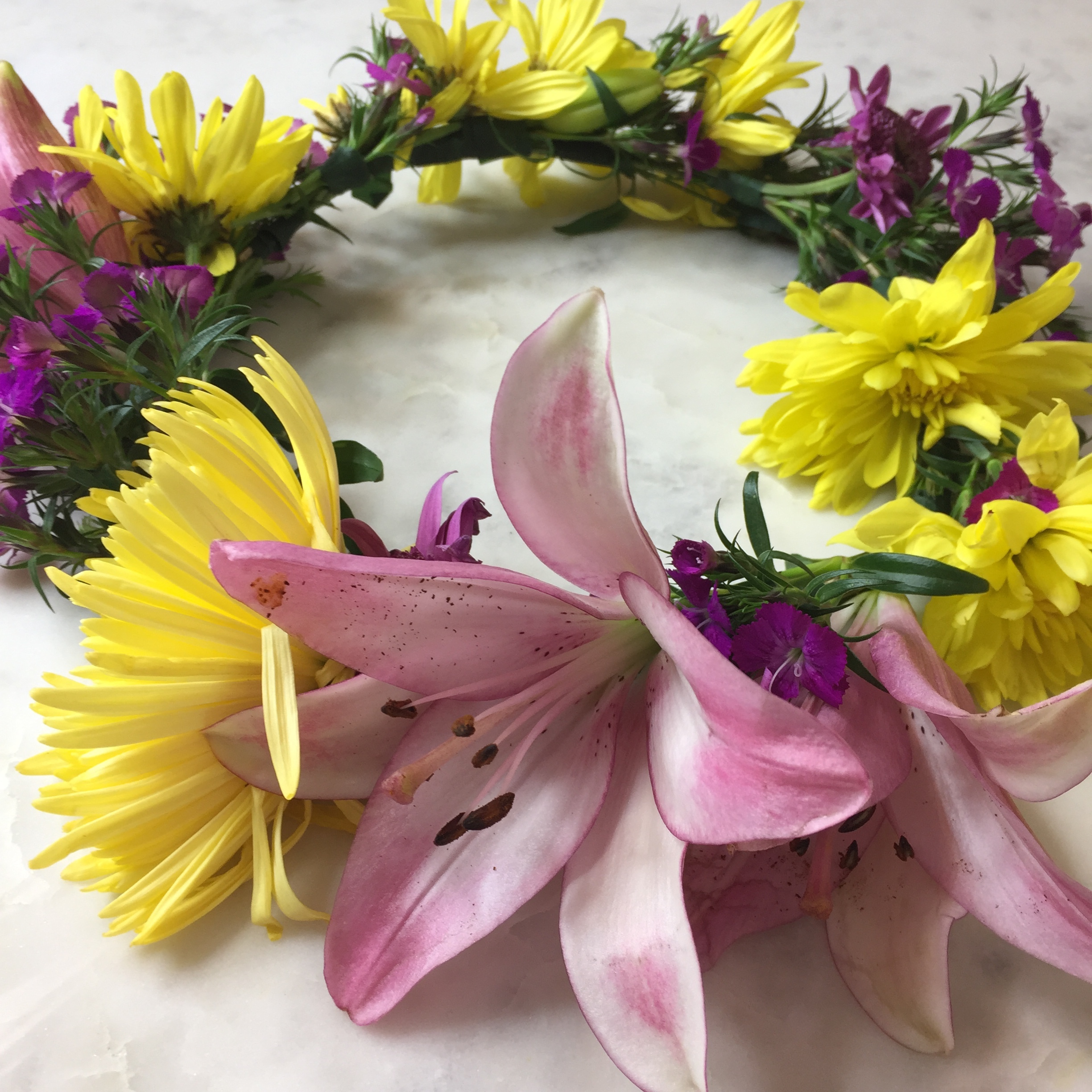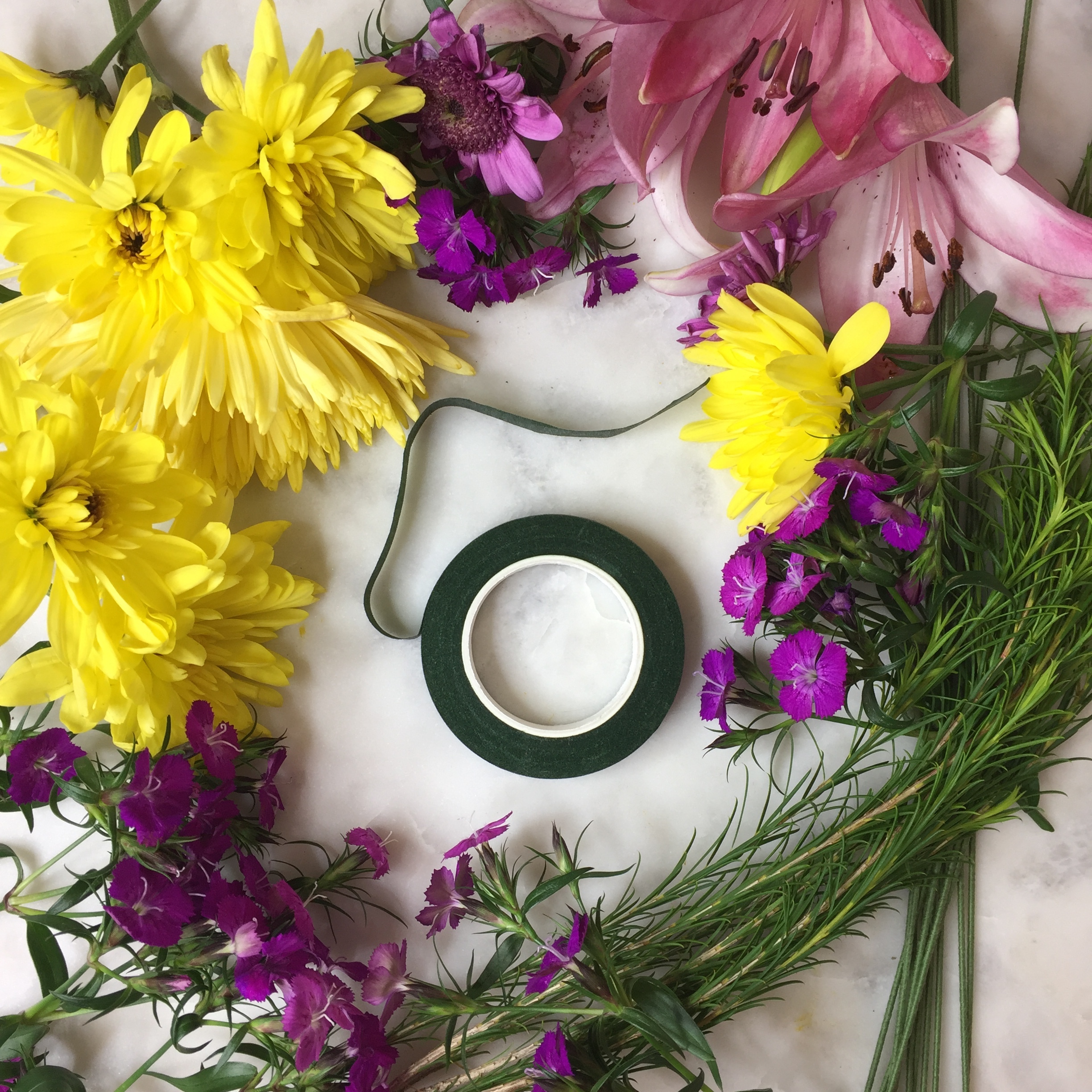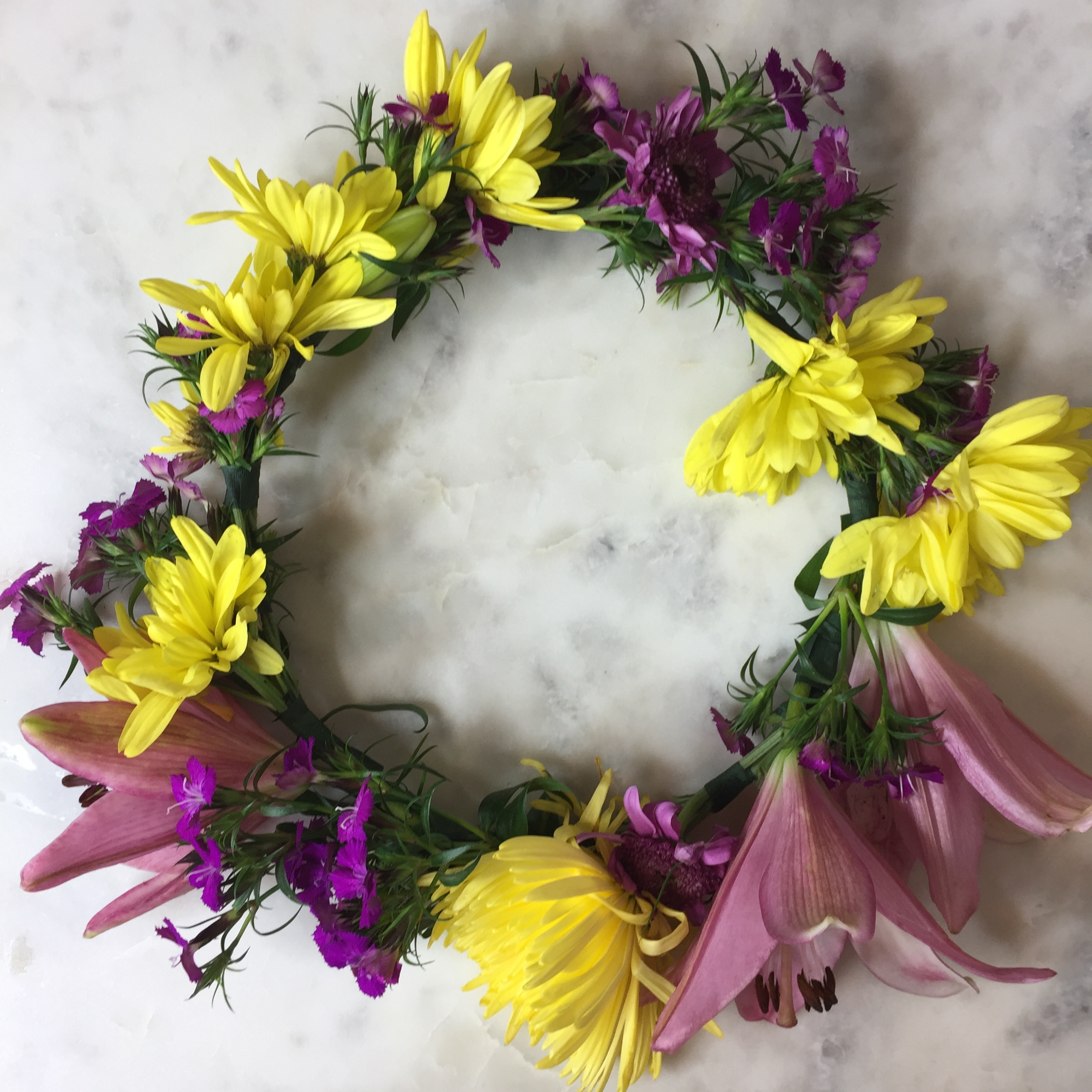Beltane Revelry & Flower Crown Lore
A crowd of ancient Romans roar with applause as a simple laurel wreath is placed upon the head of a victor --so begins the history of the flower crown. Awarded to heroes and emperors to signify respect and success, this simple crown of leaves soon became a powerful and regal symbol. You can see it today across our museums, a halo of marble or bronze resting atop names that have lasted throughout history.
Not to miss out, the plebeian masses of our ancient world donned these natural crowns and added flowers to honor their Gods and Goddesses during special occasions. Upon May Day, flowers ringed the heads of youthful maidens as the Romans celebrated Flora, the Goddess of flowers and fertility. When us modern Pagans wear a crown of flowers during our May Day rites we harken back to these early festivals.
As the sun falls across the hilltops of Edinburgh, modern Pagans come to celebrate a different kind of May Day festival. Capturing the beliefs of the ancient Celts, this modern Beltane celebration helps to bring the sun out of it’s winter prison. A great bonfire is made in the center of the circle as followers dance along its perimeter. Those brave enough jump over its flames in hopes that it will grant them protection throughout the year. Special garments are worn, or perhaps taken off, to recognize and appreciate the fertility of nature. This celebration also contains a reenactment of a marriage ceremony between the God and Goddess--a reminder that our fertility too is tied to the fertility of the Earth.
These ancient May Day celebrations have morphed and changed throughout time as they incorporate different cultural traditions and histories. Here in America our May Day still persists in our larger society, yet it holds on by mere threads. As young girls wear flower crowns and entwine their ribbons around the Maypole they are, possibly unknowingly, participating in a modern form of a these fertility rituals. Perhaps if the Pagan nature of May Day lore was better known these celebrations might cease even further within our larger society. How do we balance maintaining the symbolism and intention of these festivals yet be able to incorporate and include a wider subset of our population? Or perhaps, Pagan rites should continue to be confined within our community. Such questions are often on my mind during these seasonal celebrations.
Part of the joy for me personally in reclaiming these great festival days is to once again bring to life these ancient customs. While our contemporary interpretations often deviate heavily from their origins, I still view our modern festivals as a way to connect with our Pagan ancestors.
Many of us experience history by visiting ancient sites and monuments. I call for a more immersive approach. Let us don these crowns of flowers and celebrate with remembrance around a great fire. Let’s take history out of the museum and toast it together as we dance amongst the stars. Such beauty and elegance should persist throughout time and such moments of revelry and merrymaking should endure.
Should you make your own flower crown or build a bonfire this May Day, take a moment to smile with the thought that you are actively connecting with both nature and our Pagan history and are helping to keep it alive for future generations to come.
How to Make a Flower Crown
1. Take a piece of floral wire and form it in a circular shape. Rest it atop your head and size it so that it fits comfortably. Tape the circle shut with floral tape; you may want to wrap the tape several times around the ends of the wire.
2. Choose your greenery and flowers. I recommend starting with some greenery and forming it along the whole circular wire so that you will have a base to add your flowers on. Attach the greenery to the wire circle using your floral tape.
3. Cut the flowers so that they have a stem of at least 2 inches. This will make it easier as you tape the stems to your crown. You can add as many or as few flowers to your crown as you like.






